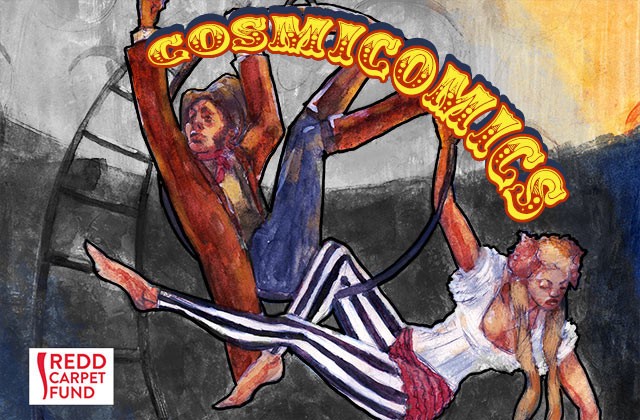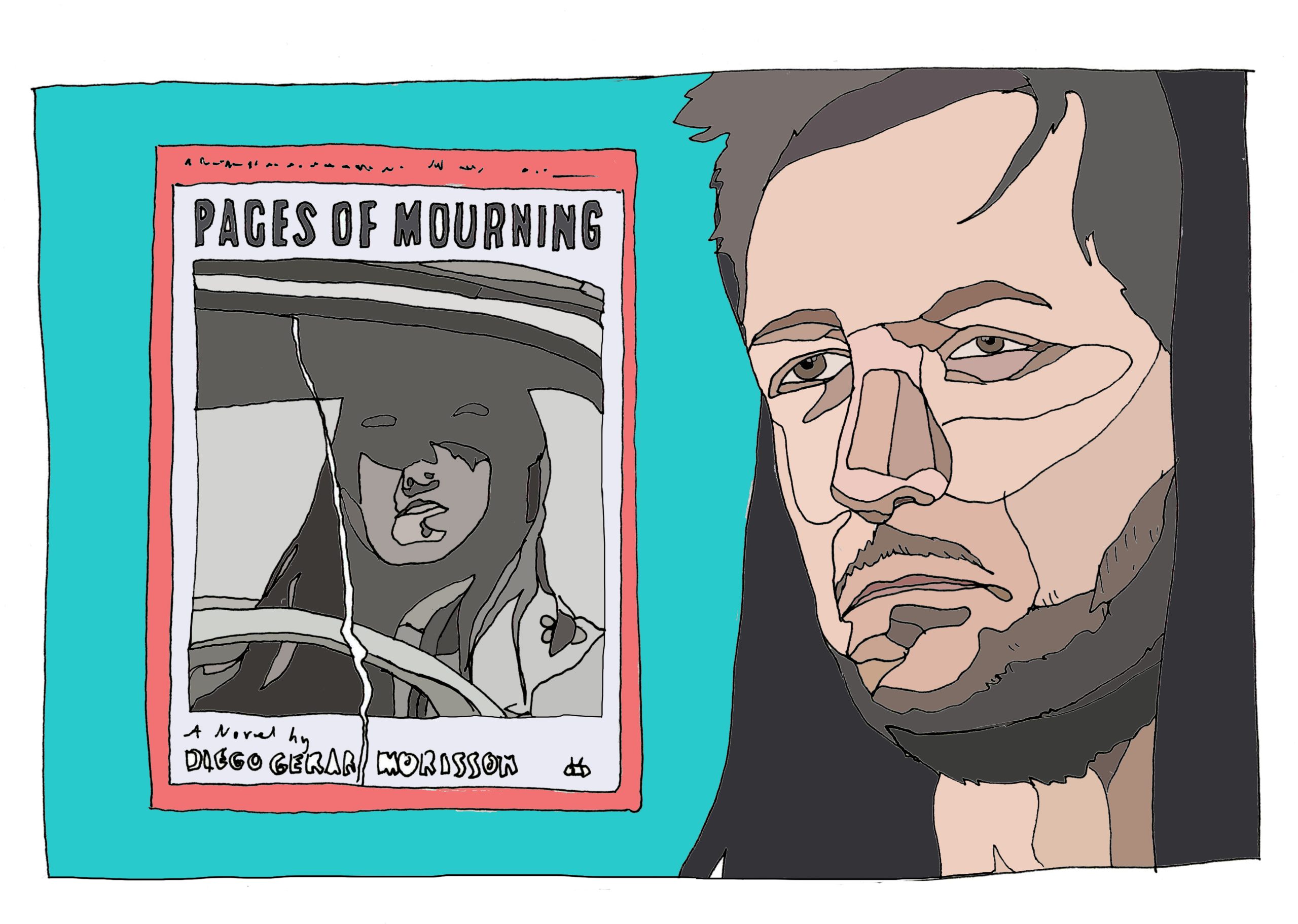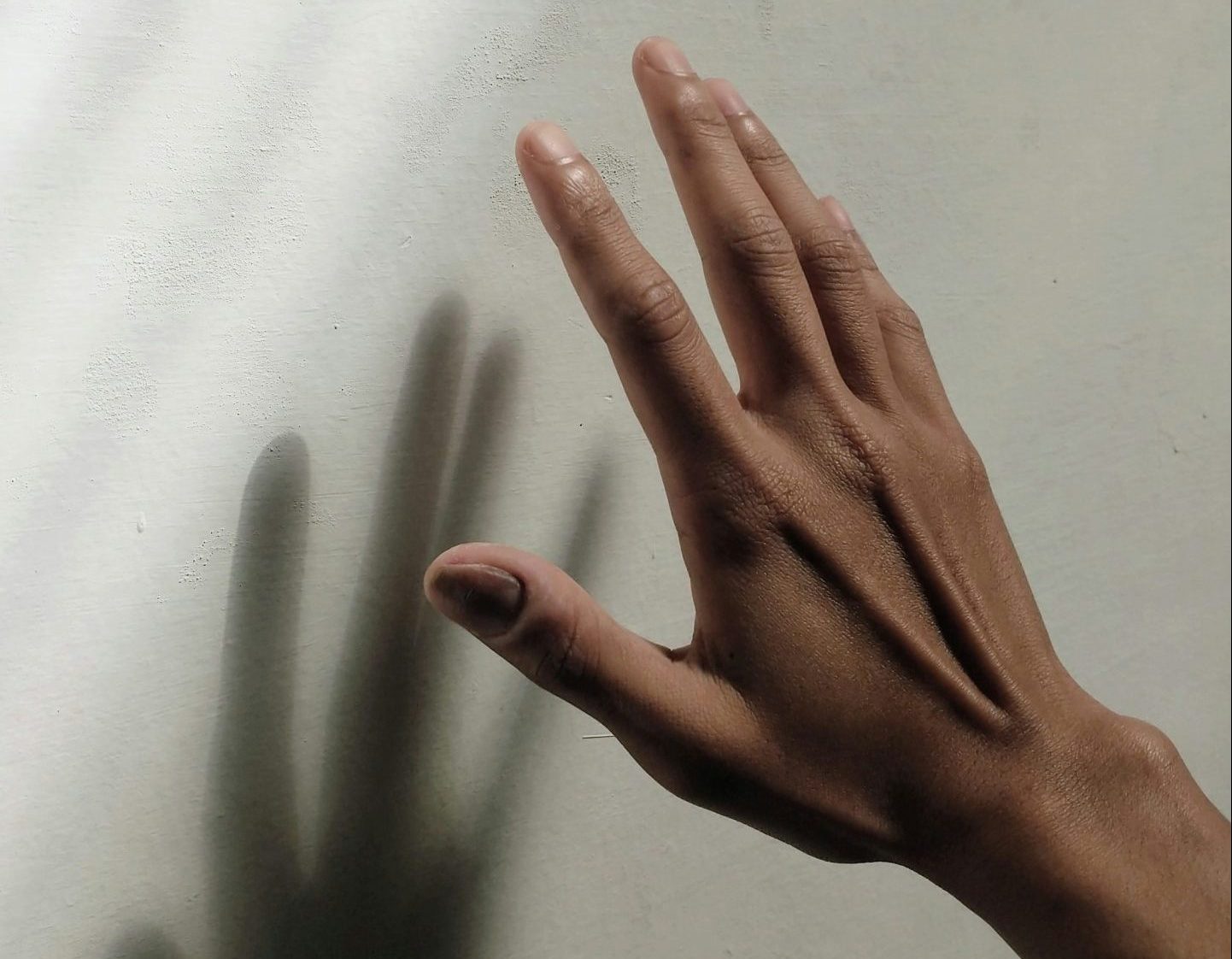Books & Culture
Peter Matthiessen and Hunting Crows at Yale

by Win Bassett

The acclaimed naturalist started his writing career with a hunting and fishing column in his college newspaper.
Before Peter Matthiessen chronicled his attempts to capture musk oxen as large as nine hundred pounds in Alaska, and before he narrated his expedition to harpoon narwhals with the Greenlandic Inuit amidst challenges by animal-welfare groups, he wrote about shooting crows near Yale’s campus in New Haven, Conn.
“Cruising along the back roads in an automobile is not only the most comfortable, but the most efficient way of locating the crow,” he wrote
with friend John N. Cole in a 1947 issue of the Yale Daily News. “Make sure the cover chosen is not so dense that it prohibits rapid gun handling, for swift shooting will be necessary.”
Matthiessen succumbed to leukemia in April. Up until his death, he was well-known among literati and environmentalists. A short list of his descriptors reads like a mass-market paperback thriller: novelist, naturalist, CIA agent, Zen Buddhist priest, and founding editor of The Paris Review. He can be seen in the new film Plimpton! Starring George Plimpton as Himself, which debuted this month on PBS, and one of his last interviews was conducted by Ron Rosenbaum for Smithsonian Magazine. The former showcases his boyhood friendship with Review editor George Plimpton, and the Smithsonian interview focuses on Matthiessen’s lifelong vocation to understand the natural world through his writing. “I can’t find a single thing in nature where one animal, on purpose, tortures or is cruel,” he says. “But human beings can be cruel, especially cruel to their own kind. Why?”
Prior to his writing career, Matthiessen served in the U.S. Navy during World War II and then enrolled at Yale. There, he met Cole, an enthusiastic outdoorsman from Maine who became his writing buddy and later, his business partner in professional fishing and charter boat ventures. “At New Haven…I was an English major (with a strong side interest in zoology and ornithology courses at the Peabody Museum) and I co-wrote a hunting-fishing column for the Yale Daily News,” Matthiessen once noted. In addition to his studies, many hours spent outdoors, and nights drinking dry martinis at the Fence Club, Matthiessen published eight columns with Cole in 1947, all while claiming that he “never made the most of my Yale years.”
Two years before Matthiessen’s roommate Thomas H. Guinzburg became managing editor of the Yale Daily News under chairman William F. Buckley, Jr. (the same Buckley that founded the conservative magazine National Review in 1955), Matthiessen and Cole presented their undertaking to the newspaper’s readers in the first “Two in the Bush” column on October 9, 1947:
Over the course of the year, we shall attempt to deal with the possibilities and seasons for local hunting and fishing. The purpose of the column is to acquaint the reader with field sports within striking distance of New Haven and to comment more or less informatively upon facilities and methods for enjoying them.
The two college students, who later celebrated careers as writers and naturalists (Cole founded Maine Times, and Matthiessen won three National Book Awards), wrote about using owl decoys to hunt hawks in one of the first, if not the first, pieces of published writing from either of them. “The best investment, we think, is a stuffed bird, usually a Great Horned Owl, which retails for around $25.00,” they wrote. “Abercrombie’s for one, turns out a large dignified specimen of a supercilious demeanor calculated to infuriate any right thinking hawk.” (Abercrombie & Fitch, a company that now sells clothing for teenagers, existed previously as an upscale purveyor of sporting goods.)
Matthiessen and Cole’s humorous anthropomorphism characterized their columns and transformed often dry and callous writing about killing animals into what they believed these types of outings should be — encounters between clever, manipulative creatures whose ultimate goal was to outwit each other. “Grouse will run a little if they feel such a procedure to be necessary, but are more apt to wait until you have passed before taking off the other way,” they wrote. “[B]e careful to mark the point where they fall, whether dead or cripple; upland birds get increasingly elusive with age, up to and after death.”
Their columns also leave meaningful vestiges of traditional “sporting,” whose demise Matthiessen lamented with similar humanizing techniques and greater intensity as he grew older. “One of the turtles winked at me lugubriously, and both of us released a doleful sigh,” he noted while hunting green turtles near the Cayman Islands, an experience that served as the basis for his fifth novel, Far Tortuga. This book, along with his other longer works, displays Matthiessen’s thematic evolution from youthful and playful bird hunting to the cruelty of humans toward other animals. “[S]ad, weary sounds, along with the ‘tears’ of lubricating fluid that squeezed regularly from the turtles’ eyes, went unnoticed by the crew,” he continued. “[O]ne turtle lay next to where I slept on the deck…it’s eye not three feet from my own.”
Eyes captivated Matthiessen. His writings illuminate how these organs serve as an entry point for empathy between humans and nonhumans.
Robert Stone wrote in his New York Times review of Far Tortuga, “[T]he reader senses that the narrative itself is the recapitulation of a cosmic process, as though the author has sought to link his storytelling with the eye of creation.” Matthiessen had been telling stories since the beginning of his writing career with this eye, and with the many more he encountered during his travels. While hunting crows around New Haven from a car, he and Cole learned that a “crow’s wisdom is exceeded only by the keenness of his vision, and if you are observed slinking to the blind no amount of calling will bring any reaction but derision from your quarry.” Matthiessen likely never dreamt that his literary, activist, and environmentalist contributions over the past eighty-six years would bring him closer to this “sinister bird” than any camouflaged blind, or automobile, ever could.
Selected Matthiessen Work Available Online:
- “Alaska: Big Oil and the Inupiat-Americans,” The New York Review of Books, November 22, 2007
- “Inside the Endangered Arctic Refuge,” The New York Review of Books, October 19, 2006
- “Footprints in the Last Wild Place,” Outside, February 1, 2003
- “Peter Matthiessen, The Art of Fiction No. 157,” Paris Review, Spring 1999
- “The Last Cranes of Siberia,” The New Yorker, May 3, 1993
- “The Blue Pearl of Siberia,” The New York Review of Books, February 14, 1991
- “How to Kill a Valley,” The New York Review of Books, February 7, 1980
- “The Last Wilderness,” The New Yorker, July 8, 1961
- “A Replacement,” Paris Review, Spring 1953









